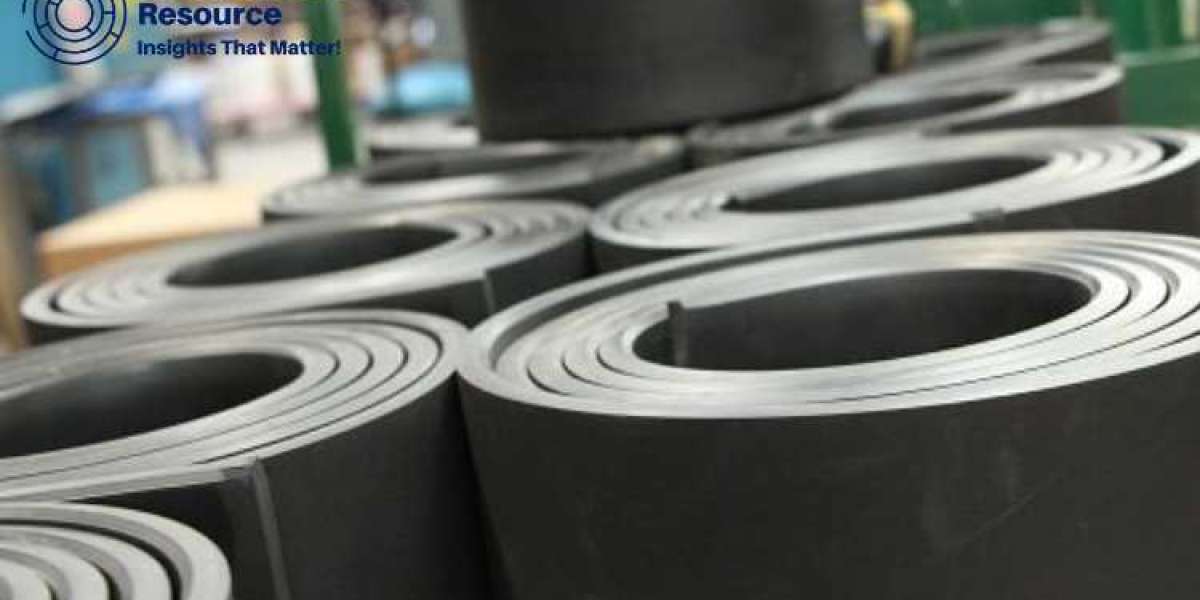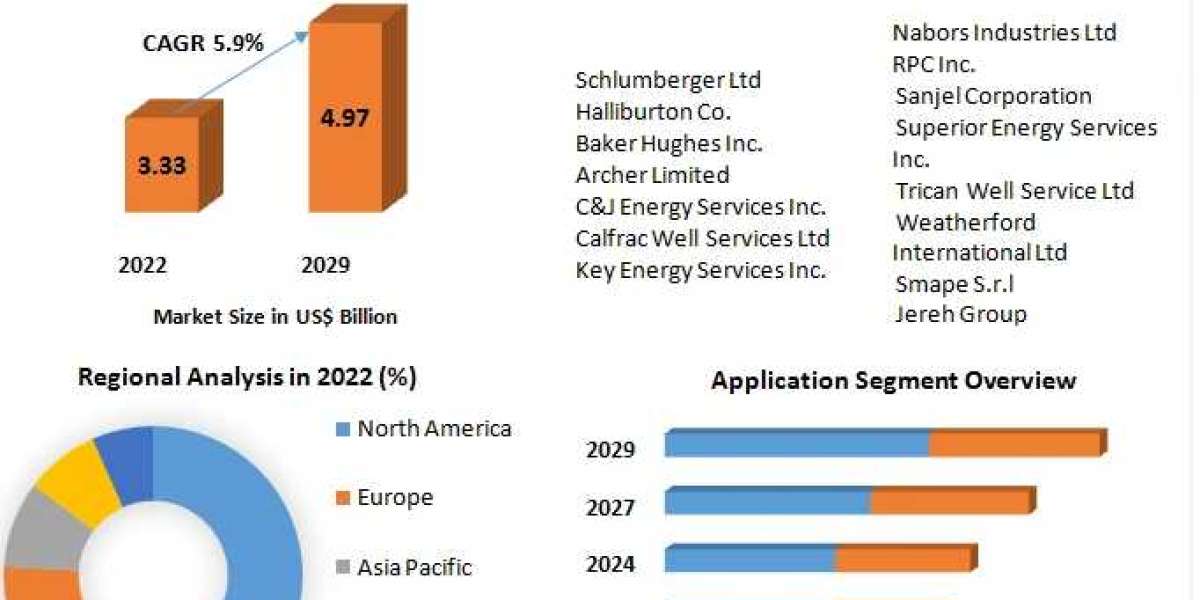Butyl rubber, a synthetic rubber, is known for its excellent impermeability and unique physical and chemical properties. It is widely used in various industries, including automotive, pharmaceuticals, and construction. The production of butyl rubber involves several complex chemical processes, and understanding these processes is crucial for manufacturers and investors. This blog delves into the intricacies of the butyl rubber production process, the associated costs, and the latest news in the industry.
Butyl Rubber Production Cost
The cost of producing butyl rubber is influenced by several factors, including raw material prices, energy costs, labor, and technological advancements. The primary raw materials used in the production are isobutylene and isoprene. The fluctuation in the prices of these raw materials can significantly impact the overall production cost.
Request For Sample: https://www.procurementresource.com/production-cost-report-store/butyl-rubber/request-sample
Moreover, the energy-intensive nature of the production process adds another layer of cost. Energy costs can vary depending on the location of the production facility and the efficiency of the technology used. Labor costs also play a significant role, with regions having higher labor rates experiencing higher production costs.
Technological advancements can lead to more efficient production processes, thereby reducing costs. However, the initial investment in advanced technology can be substantial. Hence, a detailed cost analysis is essential for determining the feasibility and profitability of butyl rubber production.
Manufacturing Report and Process
The manufacturing of butyl rubber involves several steps, each crucial to ensuring the quality and properties of the final product. Here’s an overview of the production process:
Polymerization
The production begins with the polymerization of isobutylene with small amounts of isoprene. This process is typically carried out in a continuous reactor at low temperatures, using a catalyst such as aluminum chloride. The polymerization reaction results in a mixture of butyl rubber and unreacted monomers.
Recovery and Purification
The next step involves the recovery of butyl rubber from the reactor effluent. This is done by flashing the effluent to remove the unreacted monomers, which are then recycled back into the reactor. The butyl rubber is then purified by washing and neutralization to remove any residual catalyst and other impurities.
Devolatilization
After purification, the butyl rubber is subjected to devolatilization to remove any remaining volatile compounds. This is typically done using steam or vacuum stripping. The resulting butyl rubber is then dried and pelletized.
Blending and Finishing
The final step involves blending the butyl rubber with various additives to enhance its properties. These additives can include antioxidants, fillers, and plasticizers. The blended rubber is then extruded and cut into the desired shapes and sizes, ready for shipment to customers.
Raw Material Costs
The raw material costs for butyl rubber production are primarily driven by the prices of isobutylene and isoprene. These prices can fluctuate based on several factors, including supply and demand dynamics, crude oil prices, and geopolitical events.
Isobutylene
Isobutylene is a key raw material in butyl rubber production. It is typically produced from the catalytic cracking of crude oil or from the dehydrogenation of isobutane. The price of isobutylene can vary depending on the availability of crude oil and the production capacity of isobutylene plants.
Isoprene
Isoprene, another crucial raw material, is usually obtained as a by-product of naphtha cracking in petrochemical plants. The availability and price of isoprene can be influenced by the operational status of these plants and the demand for other products derived from naphtha cracking.
The procurement strategy for these raw materials can significantly impact the overall production cost. Long-term contracts with suppliers and strategic sourcing can help in mitigating price volatility and ensuring a steady supply of raw materials.
Latest News
The butyl rubber industry is constantly evolving, with new developments and trends shaping the market. Here are some of the latest news and updates:
Technological Innovations
Recent advancements in polymerization technology have led to more efficient production processes, reducing energy consumption and increasing yield. Innovations in catalyst systems have also improved the quality and properties of butyl rubber, making it suitable for a wider range of applications.
Market Trends
The demand for butyl rubber is on the rise, driven by its increasing use in the automotive industry for tire manufacturing. The growing pharmaceutical industry is also contributing to the demand, as butyl rubber is used in the production of medical stoppers and seals. Additionally, the construction industry is adopting butyl rubber for waterproofing and sealing applications.
Sustainability Initiatives
With the growing emphasis on sustainability, manufacturers are exploring eco-friendly production methods. Efforts are being made to reduce the carbon footprint of butyl rubber production by optimizing energy use and exploring alternative raw materials derived from renewable sources.
Strategic Partnerships and Expansions
Major players in the butyl rubber market are entering into strategic partnerships and expanding their production capacities to meet the rising demand. Investments in new production facilities and the modernization of existing plants are expected to boost the supply of butyl rubber in the coming years.
Regulatory Developments
Regulatory changes, particularly in environmental and safety standards, are influencing the butyl rubber production process. Manufacturers are required to comply with stricter regulations, which can impact production costs but also drive innovation in cleaner production technologies.
Conclusion
The production of butyl rubber is a complex process involving multiple steps and significant cost considerations. Understanding the intricacies of the production process, raw material costs, and the latest industry trends is essential for stakeholders in the butyl rubber market. With continuous advancements and a growing emphasis on sustainability, the butyl rubber industry is poised for significant growth and transformation in the coming years.








